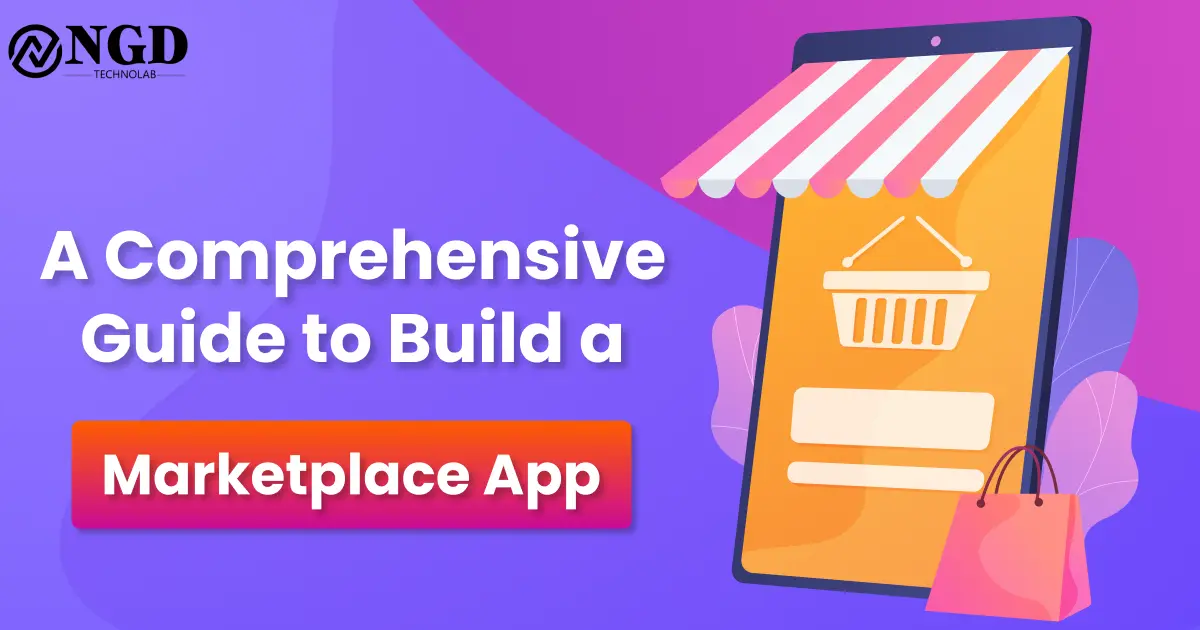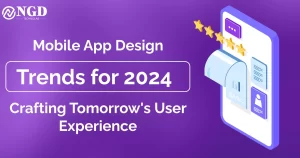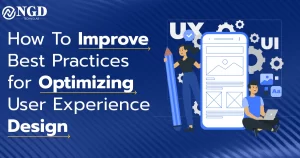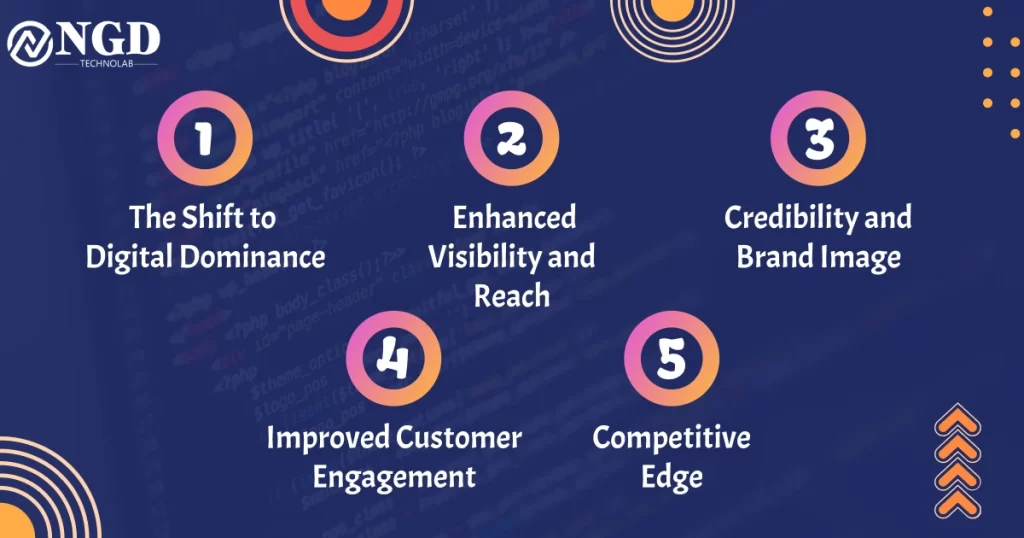A Comprehensive Guide to Build a Marketplace App
-
Harshid Patel

In today’s fast-paced digital world, creating a marketplace app is a big deal for folks wanting to make the most of online business opportunities. It might sound a bit challenging, but no worries—we’re here to help you through each step. Our goal is to make sure creating your own marketplace app is not just easy but also super successful.
Understanding the Marketplace Landscape
In the fast-moving world of online shopping, think of a marketplace like a big digital shopping center. It’s not just any shopping center – it’s a place where you can create your own shopping app.
Building a marketplace app means making something unique that people will love. It’s like creating a special corner of the online world where everyone can find just what they’re looking for.
Planning Your Marketplace App
The first big step in creating your own marketplace app is picking what makes it special. Think about what makes your app different—whether it’s focusing on a certain type of product, offering a unique service, or aiming at a specific group of people. This choice is like giving your app its own superpower to stand out!
Understanding your target audience is important. Do some deep research to figure out what your potential users really want. This insight will shape the features and functionalities of your marketplace app.
Knowing who you’re aiming for is super important. Do some deep research to figure out what your potential users really want. This info will help decide what cool stuff your marketplace app should have.
Choosing the Right Technology Stack
The frontend of your marketplace app is the user’s gateway to your platform. Ensure a seamless and visually appealing interface that enhances the overall user experience.
The backend is the backbone of your marketplace. Select robust backend technology that can handle the complexities of transactions, user data management, and overall system functionality.
Efficient database management is essential for a successful marketplace app. Opt for databases that can handle the scale of user data and transactions while ensuring data security.
Designing the User Experience
Craft an intuitive and visually pleasing UI that reflects your brand identity. A user-friendly interface enhances engagement and encourages users to explore your marketplace app.
The overall user experience is a critical factor in user retention. Prioritize seamless navigation, quick load times, and personalized experiences to keep users coming back.
Development phase
Testing is important when making a marketplace app. You need to check it a lot to find and fix any problems like bugs or glitches before you launch it. This makes sure that when people use your app, everything works well and they trust it.
After you’ve tested and polished the basic version of your product (we call it the MVP), it’s time to go big and develop the complete thing. Work closely with your development team to make sure all the cool features and functions smoothly come together.
Implementing Security Measures
Security is paramount in online transactions. Implement robust data encryption protocols to safeguard user data, payment information, and any sensitive details exchanged within your marketplace app.
Choose secure payment gateways that comply with industry standards. A trustworthy payment system is crucial for gaining user confidence and ensuring smooth financial transactions on your platform.
Implement multi-factor authentication to enhance the security of user accounts. A secure authentication process protects user data and prevents unauthorized access to sensitive information.
Launching Your Marketplace App
A successful launch is effective marketing and promotion. Utilize digital marketing channels, social media platforms, and influencers to create buzz around your marketplace app. Implement a pre-launch strategy to attract a user base from day one.
Facilitate a smooth onboarding process for users. Provide clear instructions and tutorials to help users navigate your marketplace app effortlessly. A positive onboarding experience sets the tone for user engagement and retention.
Post-launch, actively seek user feedback and analyze user behavior. Use this information to iterate and improve your marketplace app. Regular updates, feature enhancements, and addressing user concerns contribute to the long-term success of your platform.
Monetization strategies
Consider various commission models, such as a percentage of transactions or subscription-based fees. Choose a model that aligns with your business objectives and provides a fair value proposition for both sellers and buyers.
Introduce subscription plans for enhanced features or premium services. Subscription models offer a predictable revenue stream and encourage user loyalty.
Explore strategic partnerships with relevant advertisers to incorporate non-intrusive advertisements. Ad revenue can be a supplementary income stream for your marketplace app
Handling Legal and Compliance Issues
Draft clear and comprehensive terms of service that outline user rights, responsibilities, and the rules governing the use of your marketplace app. Ensure legal clarity to protect both your platform and its users.
Prioritize user privacy by crafting transparent and easily understandable privacy policies. Comply with data protection laws and reassure users that their information is handled securely.
Be aware of and comply with regional and industry-specific regulations. Legal compliance is crucial for avoiding legal complications and establishing trust with users.
Future-proofing Your Marketplace App
Commit to regular updates and maintenance to keep your marketplace app relevant and secure. Staying current with technology trends and user expectations ensures the longevity of your platform.
Remain adaptive to technological advancements. Embrace innovations such as AI, machine learning, and blockchain to enhance the functionalities of your marketplace app.
Continuously seek user feedback and use it as a catalyst for iteration. Prioritize features and improvements based on user preferences, ensuring your marketplace app evolves in line with user needs.
Conclusion
In conclusion, the journey to building a marketplace app is multifaceted, requiring meticulous planning, technical prowess, and a commitment to ongoing improvement. By following the comprehensive guide outlined above, you not only create a functional marketplace but also position yourself for success in the competitive world of online commerce. Remember, success is a journey, not a destination.
Frequently Asked Questions
The timeline for building a marketplace app varies based on factors such as complexity, features, and development resources. On average, it may take several months to a year.
Essential features include user authentication, product listings, search functionality, secure payment gateways, and a user-friendly interface.
Monetization options include commission models, subscription plans, and advertisements. Choose a strategy that aligns with your business goals and user expectations.
Legal considerations include drafting comprehensive terms of service, privacy policies, and ensuring compliance with relevant regulations in the regions you operate.
Establish a feedback loop, actively listen to user suggestions, and prioritize updates. Regular updates and maintenance are essential for the long-term success of your marketplace app.
Get Free consultation and let us know about your custom web and Mobile App project idea

Over 13+ years of work experience, we have built 210+ web and mobile apps
We can help you with
- Dedicated Developer
- delivering high-quality development
- Custom Mobile App Development
- Innovative Solution For Startups and Enterprise
Get Free consultation and let us know about your custom web and Mobile App project idea

Over 10 years of work experience, we have built 210+ web and mobile apps
We can help you with
- Dedicated Developer
- delivering high-quality development
- Custom Mobile App Development
- Innovative Solution For Startups and Enterprise
Latest Blogs
Explore the Latest Blogs on Trends and Technology.




